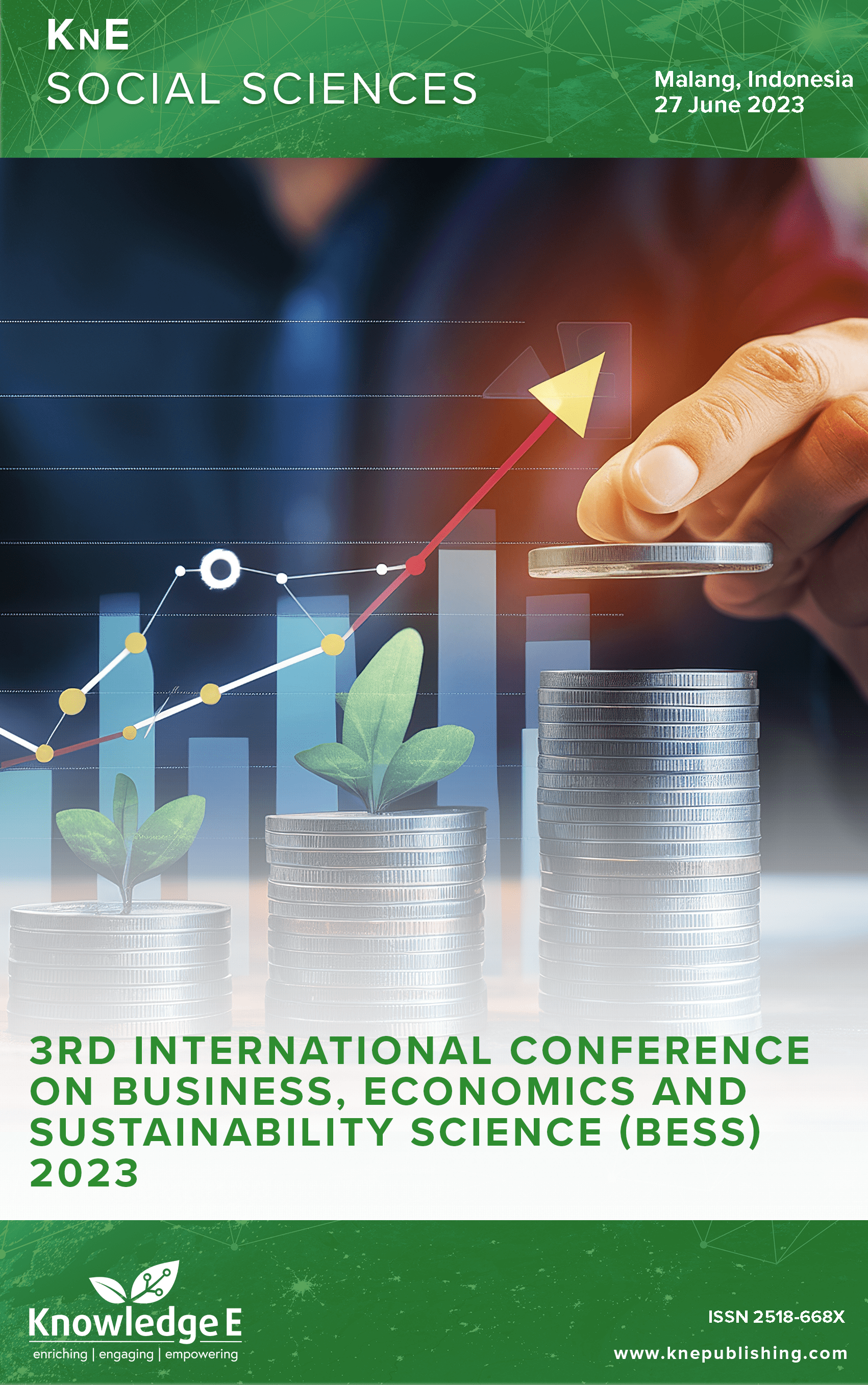Conditions of Workers Who Worked from Home during the Covid-19 Pandemic in Indonesia
DOI:
https://doi.org/10.18502/kss.v9i21.16757Abstract
Work from Home (WFH) is one of the policies implemented by the Indonesian government to contain the cases of Covid-19 in Indonesia since March 2020. People were required to adapt to the new normal way of working by means of WFH. WFH applied to workers in both formal and informal sectors. While those working in the formal sector can get a lot done through remote working, the types of work that can be done remotely in the informal sector are still very limited. The WFH way of working has finally become a trend that is considered flexible and has advantages for the workforce to be more productive without having to leave the house. By using the logit model, this study seeks to answer the characteristics of the formal and informal sector workers who work at home as an effect of the Covid-19 pandemic. The result show that the Covid-19 pandemic was the primary reason why workers did WFH and that a majority of them are from the formal sector. The activities of the majority of the workforce during WFH are communication, promotion, and transactions which are mostly carried out by married women workers. In addition, workers who do WFH tend to be young workers who are highly educated and are familiar with the internet.
Keywords: labor characteristics, work from home, Indonesia
References
Aboelmaged GM, Subbaugh SM. Factors influencing perceived productivity of Egyptian teleworkers; An empirical study. Meas Bus Excell. 2012;16(2):3–22. DOI: https://doi.org/10.1108/13683041211230285
Bailey D, Kurland N. A review of telework research : Findings, new directions and lessons for the study of modern work. J Organ Behav. 2020.
Berstein E, Blunden H, Brodsky A, Wonbin W, Waber B. The implications of working without the office. Harv Bus Rev. 2020.
Birkinshaw J, Cohen J, Stach P. Knowledge workers are more productive from home. Harv Bus Rev. 2020.
Buana, D. R. (2020). Analisis Perilaku Masyarakat Indonesia dalam Menghadapi Pandemi Virus Corona (Covid-19) dan Kiat Menjaga Kesehatan Jiwa . SALAM : Jurnal Sosial dan Budaya Syar-I. DOI: https://doi.org/10.15408/sjsbs.v7i3.15082
Dingel JI, Neiman B. How many jobs can be done at home? J Public Econ. 2020 Sep;189:104235. DOI: https://doi.org/10.1016/j.jpubeco.2020.104235
Khin S, Ho T. Digital Technology, digital capability and organizational performance: A mediating role of digital innovation. Int J Innov Sci. 2018. DOI: https://doi.org/10.1108/IJIS-08-2018-0083
Kira R, Beckmann M. Working from home what is the effect on employeess effort. Econ Stor. 2016.
Labs, O. (2017). State of Remote Work 2017.
Linos E. (2020). When working from home changes work at the office: Measuring the impact of teleworking on organizations. Working Paper.
Nadila, S. M., & Baskoro, A. A. (2021). bekerja dari Rumah : Analisa Kuantitatif Kinerja Para Pekrja Saat Pandemi Covid-19 . Jurnal Vokasi Indonesia, 11-22.
Popovici, V., & Popovici, A. L. (2020). Remote Work Revolution : Current Opportunities and Challenges for Organizations . Ovidius Univeristy Annals, Economic Sciences Series, 468-472.
Staples, D. S., Hulland, J. S., & Higgins, C. A. (1999). A Self-Efficacy Theory Explanation for the Management of Remote Workers in Virtual Organizations. A Self-Efficiency Theory Explanation for the Management of Remote Workers in Virtual Organizations, 758-776. DOI: https://doi.org/10.1287/orsc.10.6.758
Susilo A, Rumende CM, Pitoyo CW, Santoso WD, Yulianti M, Herikurniawan H, et al. Coronavirus Disease 2019. Jurnal Penyakit Dalam Indonesia; 2020.
Wu H, Chen Y. The impact of work from home (WFH) on workload and productivity in terms of different tasks and occupations. Late Breaking Paper : Interactio, Knowledge and Social Media. Springer; 2020. DOI: https://doi.org/10.1007/978-3-030-60152-2_52

